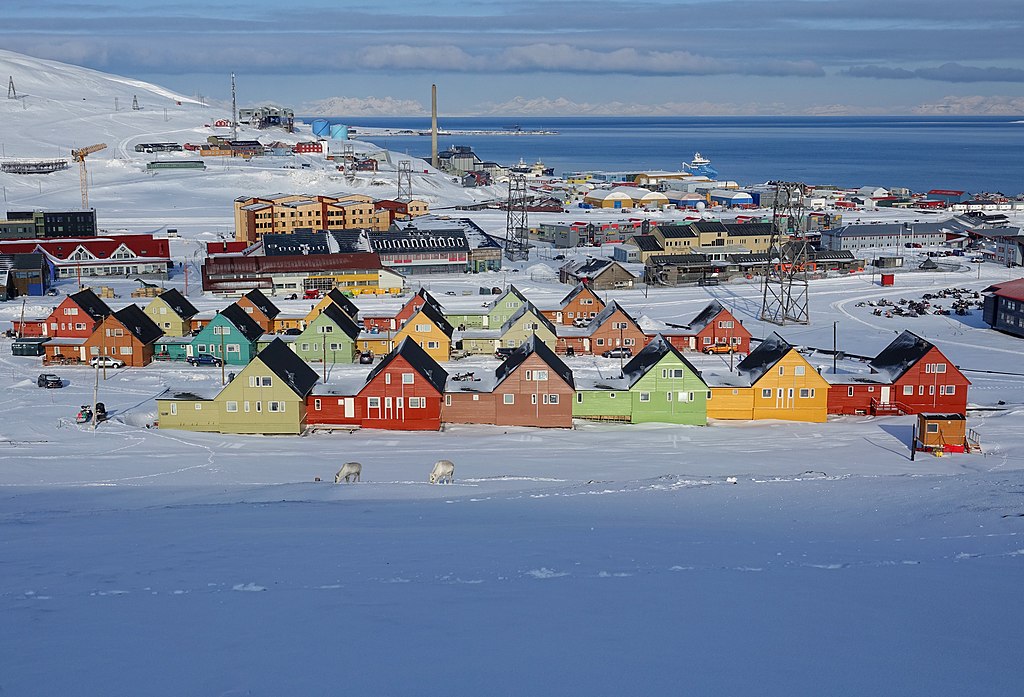Svalbard has in recent years turned into somewhat of a showcase of a changing Arctic, and Longyearbyen at 78° North has become renowned as the town “on the front line of climate change”. Both the media and science feed this narrative, and climate change has become a powerful discourse in the local and state governance of Svalbard.
This new Nunataryuk study, consisting of ethnographic fieldwork and interviews with planners, engineers, architects, scientists, construction workers and local politicians, sets out to find out how the locals observe the changes and perceive societal impacts of climate change.
The study finds that climate change impacts the built environment in Longyearbyen, and that there is vast awareness of and concern related to these impacts. There is a substantial knowledge base for adaptation, and a special trust in scientific knowledge, skills and experts. The interview partners consider adaptation as necessary and feasible. Adaptation is understood and implemented as technical responses to physical problems, rooted in a modernist understanding of the environment as separated from humans, who can control it through technical means. This suggests a narrow understanding of adaptation that might fail to address more socially transformative processes.



